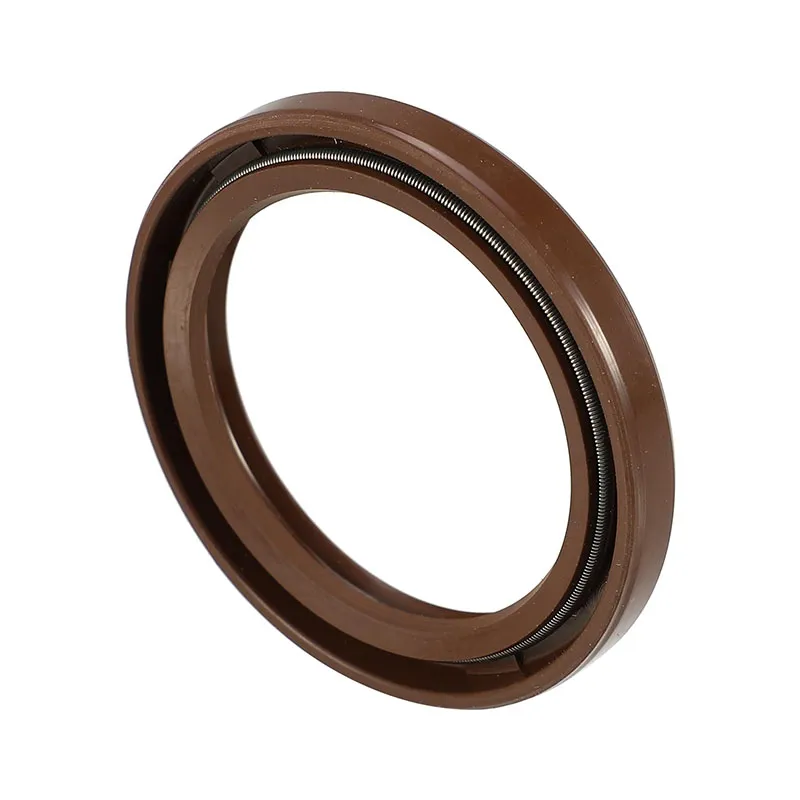Preventing Oil Leaks from Drain Plugs in Your Vehicle Maintenance Routine
Understanding the Issue of Leaking Oil Drain Plugs
When it comes to maintaining a vehicle's health, one often overlooked component is the oil drain plug. While this small part may seem insignificant, it plays a crucial role in the proper functioning of an engine. A leaking oil drain plug can lead to a host of problems, from minor inconveniences to severe engine damage. In this article, we will explore the causes, consequences, and solutions to leaking oil drain plugs.
What is an Oil Drain Plug?
The oil drain plug is a small metal plug located at the lowest point of the oil pan in a vehicle's engine. Its primary purpose is to provide a means for draining old engine oil during regular oil changes. The oil drain plug is usually secured tight to prevent any oil leakage, ensuring that the engine remains properly lubricated and functioning smoothly.
Causes of a Leaking Oil Drain Plug
1. Improper Installation One of the most common reasons for a leaking oil drain plug is improper installation. If the plug is not tightened adequately during an oil change, it may vibrate loose over time, leading to leaks. Similarly, over-tightening can cause damage to the threads, resulting in leaks.
2. Worn or Damaged Gasket A gasket is often used in conjunction with the oil drain plug to create a seal. If this gasket becomes worn or damaged, oil can seep out around the plug. Regular inspections can help identify and replace faulty gaskets before they lead to leaks.
3. Corrosion Over time, the metal of the oil drain plug can corrode due to exposure to moisture and the harsh chemicals present in engine oil. Corrosion weakens the integrity of the plug and may create tiny holes or cracks, allowing oil to escape.
4. Temperature Changes Extreme fluctuations in temperature can cause materials to expand and contract. This movement can lead to a loose oil drain plug or damage to the sealing surfaces, which may result in a leak.
Consequences of a Leaking Oil Drain Plug
leaking oil drain plug

Ignoring a leaking oil drain plug can have serious repercussions. The most immediate consequence is the loss of engine oil, which can lead to inadequate lubrication for engine components. Insufficient lubrication may result in increased friction, overheating, and ultimately, engine failure.
Moreover, leaking oil can create hazardous driving conditions. Oil dripping onto road surfaces can reduce traction, making it dangerous for the driver and other road users. Additionally, leaking oil can lead to environmental contamination, posing a risk to soil and water quality.
Solutions for a Leaking Oil Drain Plug
1. Tightening the Plug If you notice an oil leak, the first step is to check if the drain plug is adequately tightened. A simple adjustment may resolve the issue.
2. Replacing the Gasket If the gasket is worn or damaged, replacing it is usually a straightforward and cost-effective solution. Ensure that you use a gasket specifically designed for your vehicle's make and model for the best fit.
3. Inspect and Replace the Plug If corrosion or physical damage is evident on the oil drain plug itself, it’s best to replace the plug altogether. Auto parts stores or service centers can assist in this process, ensuring you get the right part for your vehicle.
4. Regular Maintenance Preventative maintenance is key to avoiding oil leaks. Regular oil changes and inspections can help catch potential issues before they escalate into serious problems.
Conclusion
A leaking oil drain plug should not be taken lightly. By understanding its causes and consequences, along with taking preventive measures, vehicle owners can maintain their engines' health and longevity. Regular checks and timely interventions can make all the difference in ensuring a safe and efficient driving experience. If you suspect your oil drain plug is leaking, don't hesitate to consult a professional mechanic to address the issue promptly.
-
The Ultimate Guide to Boat Propeller Bearings and Trailer Wheel Bearings
News Jul.31,2025
-
The Essential Guide to Marine Bearings and Boat Trailer Wheel Bearings
News Jul.31,2025
-
The Complete Guide to Heavy Duty Seals: Protecting Doors and Spaces Efficiently
News Jul.31,2025
-
Essential Guide to Marine Shaft Bearings and Boat Trailer Axle Bearings
News Jul.31,2025
-
Comprehensive Guide to Marine and Trailer Bearings for Safe Boating and Transport
News Jul.31,2025
-
Comprehensive Guide to Automotive Oil Seals: Protecting Your Engine and Shafts
News Jul.31,2025
-
Understanding Automotive Oil Seals: Essential Components for Engine and Shaft Protection
News Jul.30,2025
Products categories















